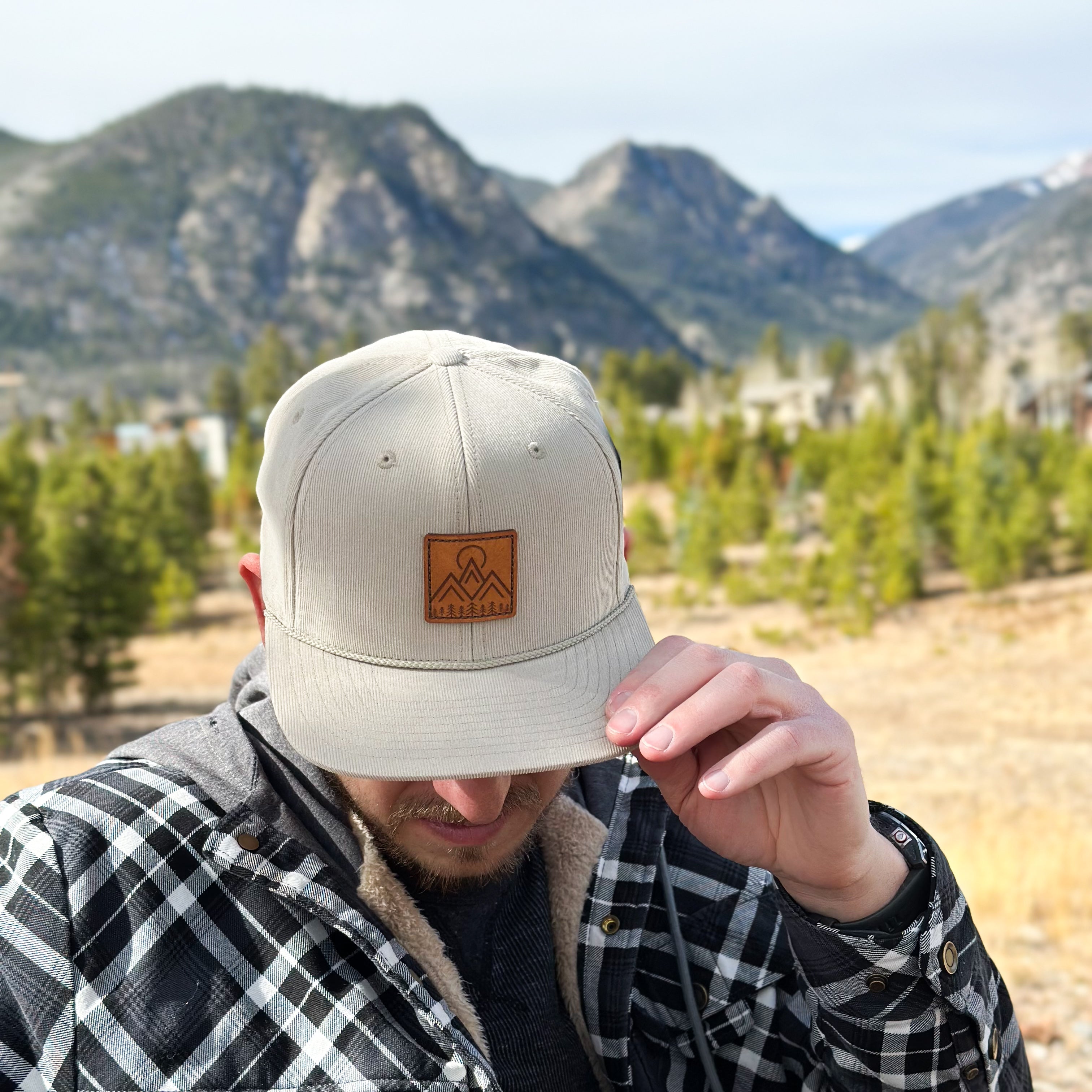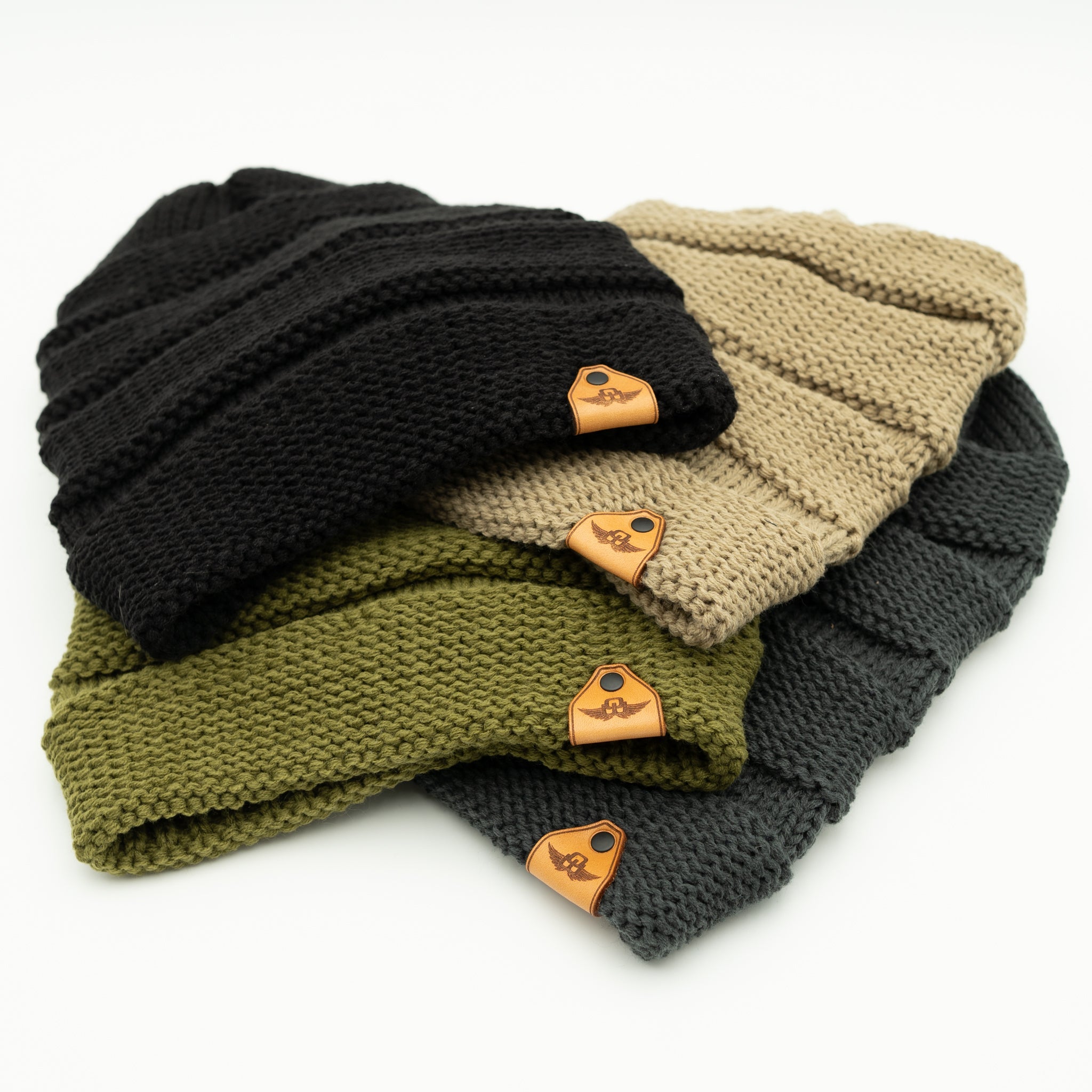Hat Etiquette Common Questions Answered

Updated September 23, 2025
Introduction
Hat etiquette is about respect and situational awareness. Most readers want quick, practical answers: when to keep a cap on, when to take it off, and how to avoid bothering people around you. Use the quick rules below, then check the scenarios if you need more detail.
[Link to related blog: Face Shape and Hats: Why Face Shape Matters]
Quick Rules for Caps
- Remove your hat for the national anthem, flag ceremonies, prayers, and moments of silence.
- Take it off at the dinner table and in upscale restaurants.
- Indoors in formal settings (meetings, ceremonies, classrooms), remove your hat unless it is part of a required uniform or for religious reasons.
- In theaters and cinemas, remove it so you do not block anyone’s view.
- When entering someone’s home, remove your hat unless the host says otherwise.
- Outdoors and at casual events, wearing a cap is generally fine. Read the room.
Why Hat Etiquette Matters
Good etiquette keeps attention on the moment, not your headwear. Knowing when to remove a hat shows respect for the people and place you are in. It also helps avoid practical issues like blocking someone’s view or bumping into others in tight spaces.
Indoors vs. Outdoors
Outdoors, caps are normal and useful for sun and weather. Indoors, expectations depend on the setting. In relaxed spaces like a café counter or store, a cap is usually fine. In formal spaces—offices, ceremonies, classrooms—remove it unless it serves a required role (uniform, safety, or religious covering). If you prefer a lower profile that feels less obtrusive, consider low profile hats.
National Events and Respect
During the national anthem or flag presentations, remove your hat. Hold it in your right hand over your heart. Do the same during moments of silence and memorial observances. If you like designs that fit the moment, browse Patriotic Leather Patch Hats or American Flag Patch Hats for game-day and holiday wear.
Meals and Dining
At the dinner table, remove your hat. In casual spots, people sometimes keep a cap on, but it is still better to take it off, especially if the brim blocks faces. In fine dining, removing your hat is expected. If you want something that sits closer when you do wear a cap indoors before being seated, low profile hats keep a lower crown and are less likely to obstruct views.
Theaters and Cinemas
Remove your hat so no one’s view is blocked. High crowns and wide brims are the main problem in seated rows. If you prefer a flatter look outdoors, flat bill hats are great—but take them off once you sit down.
Sporting Events
Caps are common at games. Remove your hat for the anthem, ceremonies, and moments of silence. If you stand in front of others for a long time, be aware of your brim and height. For sun and heat, rope styles and performance builds shine: see rope hat snapbacks, Imperial rope hats, and water-resistant trucker hats.
Work and Business Settings
In most professional offices and meetings, remove your hat. Some workplaces allow casual headwear, but when in doubt, take it off. If a hat is part of a uniform or protective gear, follow your organization’s rules. For a subtler everyday fit outside the office, low profile hats are an easy pick.
Visiting Someone’s Home
Remove your hat when you walk in unless the host says it is okay to keep it on. It is a simple sign of respect.
Schools and Policies
Many schools prohibit hats indoors to keep focus and consistency. Exceptions often exist for religious coverings or health needs. Follow posted rules.
Weather and Function
Wear practical hats in bad weather. Once you are inside, remove them. If your hat is wet, avoid placing it where it will drip on furniture. For rainy days and river time, water-resistant trucker hats and quick-dry builds are useful; for all-day sun, a light rope style like those in Rope Hat Snapback can help.
Kids and Etiquette
Teach the same basics: off at the table, during the anthem, in formal settings, and when asked. Keep the tone friendly so it sticks.
Style Questions
Is it okay to wear a hat backward?
Backward caps are casual. Fine for relaxed settings, not for formal or professional ones. If you like a modern straight-brim look, check out flat bill hats for everyday wear.
What about tipping a hat?
A small lift or tilt is a polite nod in greetings. It is optional today, but still reads as respectful.
Cultural and Event Notes
Customs vary. Religious head coverings follow different rules. Weddings and funerals are more formal: remove casual caps indoors and during ceremonies. Daytime fashion hats can be acceptable if they do not block views. For an outdoorsy dress option before and after ceremonies, Imperial rope hats and clean flat bills look sharp—just remove them at the right moments.
Conclusion
Use common sense and the quick rules. If you are not sure, remove your hat. That simple habit keeps you respectful in almost any situation.
If you are looking for your new adventure companion, check out Outer Wings and our handcrafted hat collection. Can't find something you like? Customize your hat to match your style perfectly.





